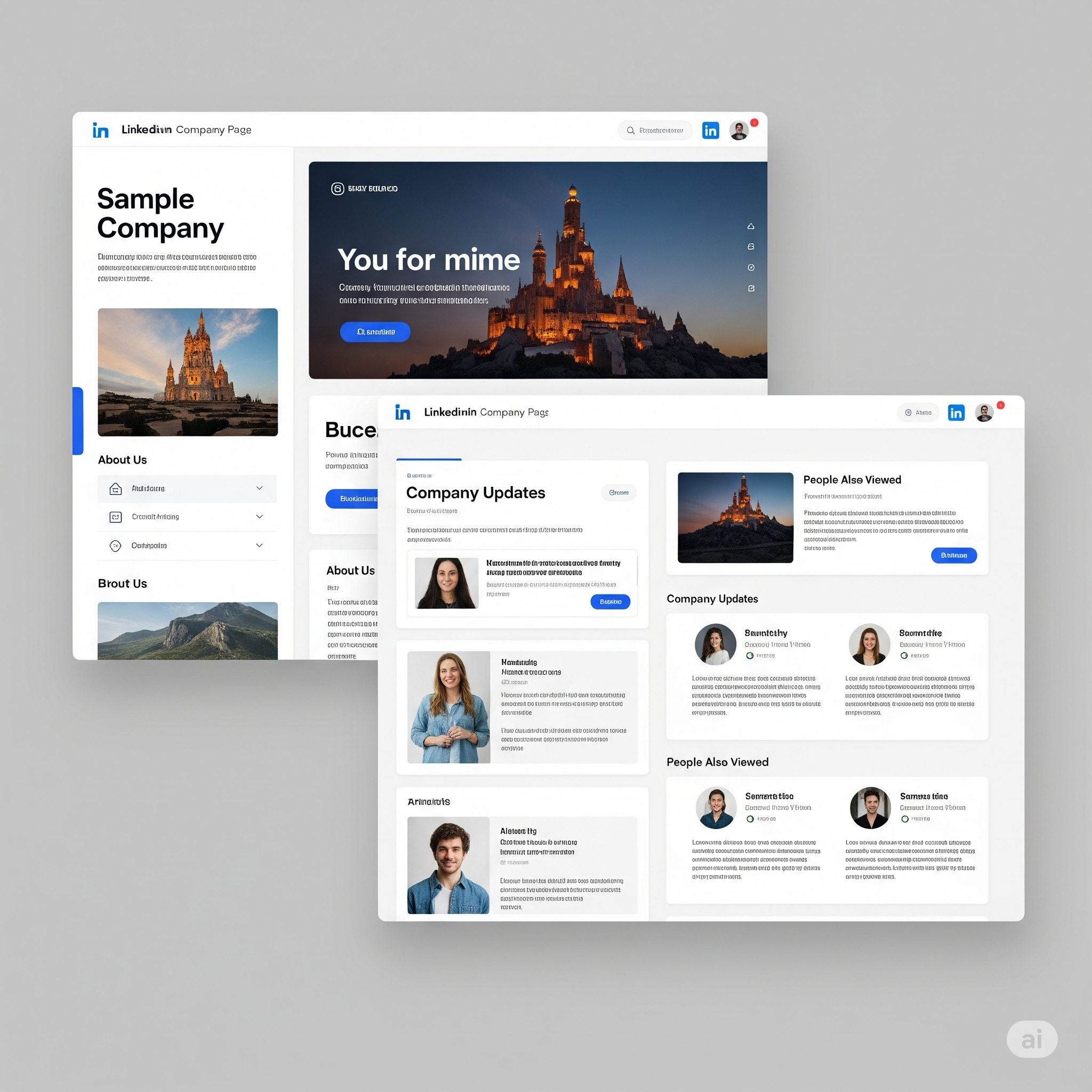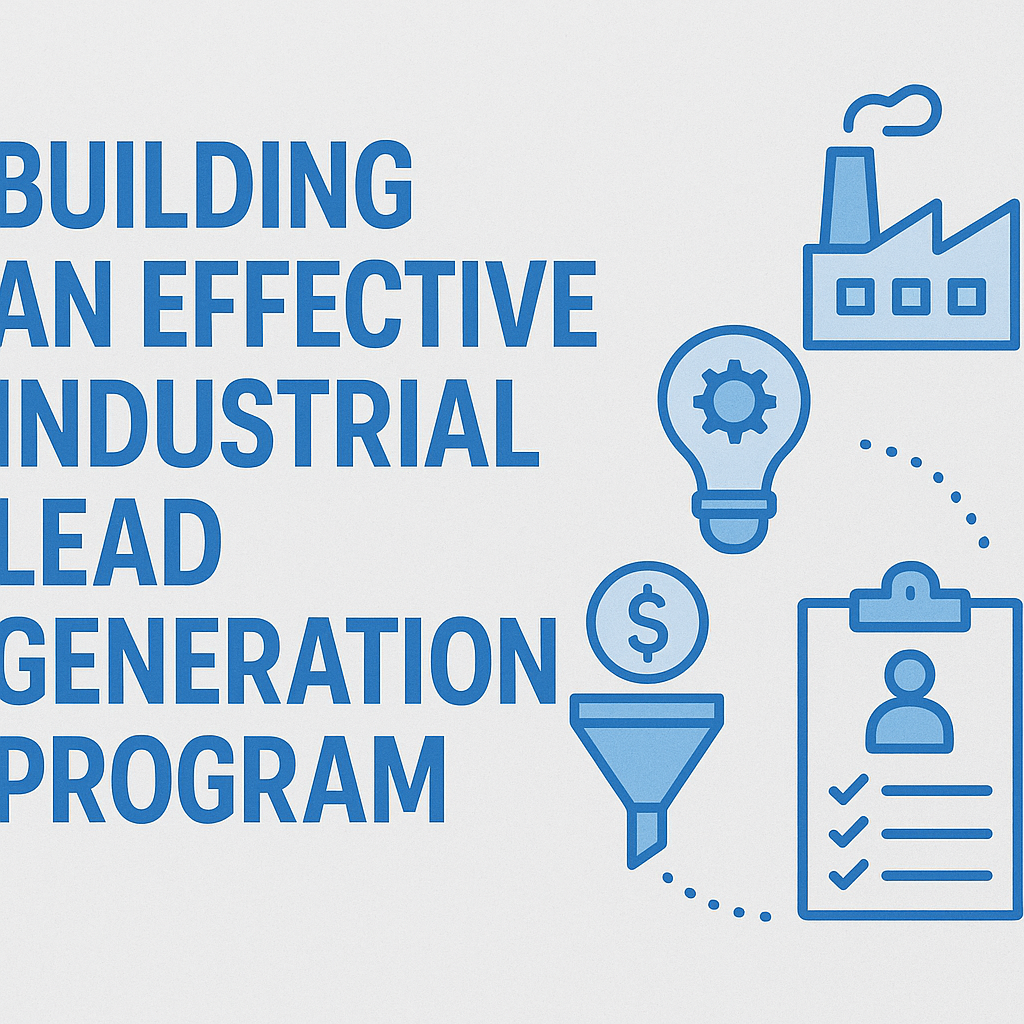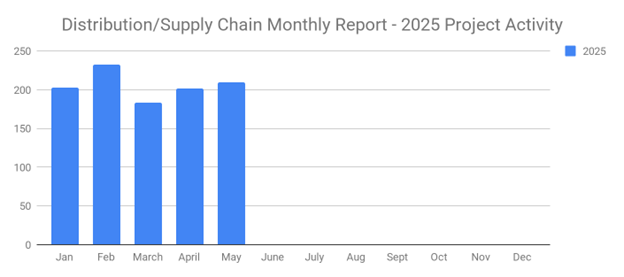
Do you use email as a sales lead generation tool to connect with prospective B2B buyers? According to Backlinko, over three-fourths of all B2B companies use email in their sales cycle. It's an effective, low-cost sales lead generation tactic that requires minimal effort. If prospective buyers aren't opening your sales emails, though, you'll need to evaluate your strategy to determine why.
#1) You're Targeting Stale Sales Leads
The performance of your sales emails will depend heavily on the "freshness" of the sales leads whom you target. If you target stale sales leads that were acquired several months ago, you can expect fewer prospective buyers to open them. Maybe a prospective buyer no longer needs your B2B company's product or service, or perhaps a prospective buyer has already purchased a competitor's product or service.
#2) Your Subject Lines Aren't Compelling
If an email has an unrelatable or uncompelling subject line, prospective buyers probably won't open it. Prior to opening an email, most prospective buyers will check the subject line to see what it's about. If the subject line isn't compelling, prospective buyers may skip it. To use email effectively as a sales tool, split your list in half with two subject lines. Only use part of the list. This is your A/B test. The one that has a higher open rate, wins! Send the rest of the list with the proven subject line.
#3) You Aren't Personalizing Your Emails
Another possible reason why prospective buyers aren't opening your sales emails is because they aren't personalized. Statistics show that personalized emails generate an average open rate of 7.4%, compared to just 0.4% for that of non-personalized emails. You can easily personalize your sales emails by mentioning the prospective buyer's name. If a prospective buyer sees his or her name in an email, he or she will know that it's legitimate and not just spam. In turn, the prospective buyer may open and read your sales email.
#4) You're Sending Duplicate Emails
You should avoid sending duplicate emails to prospective buyers. A duplicate email, of course, is an email that's sent to the same recipient two or more times. What's wrong with duplicate emails exactly? The problem is that most inbox providers are designed to automatically filter them. The initial email may reach the prospective buyer's inbox, but any duplicate emails will be removed.
#5) Your Emails Rely Too Much on Images
You might be surprised to learn that the use of images in your sales emails can affect whether or not prospective buyers open them. If an email has too many embedded images, prospective buyers may not be able to read or interpret it. This is because images in emails don't always load. On mobile devices, for examples, images are typically blocked by default. Prospective buyers can still view the images, but they'll have to either configure their inbox settings or click the images. Either way, relying too much on images may discourage prospective buyers from opening your sales emails.
#6) You're Sending Emails at the Wrong Time
The time, as well as the day of the week, when you send a prospective buyer a sales email may affect whether or not he or she opens it. Generally speaking, B2B sales emails work best when sent during the morning hours. After all, this is when most C-level executives and other decision-makers are working, so they'll naturally check their inbox during these early hours. Studies have also shown that prospective buyers are more likely to open sales emails on Monday and Tuesday rather than other days of the week.
#7) You're Using a Free Webmail Address
If you use a free webmail address from which to send sales emails, it may have a negative impact on your email strategy. Free webmail addresses, such as Gmail, are convenient, but they aren't particularly professional. If a prospective buyer sees an email from a free webmail address, he or she may skip it and believe it to be spam or an unreliable source. Therefore, it's better to use an email address that's associated with your B2B company's brand, such as its official website.
#8) You're Not Creating a Sense of Urgency
To get prospective buyers to open your sales emails, you need to create a sense of urgency. You can offer a limited-time discount code, for instance, or you can explain that a product or service is only available for the next 24 or 48 hours. With a sense of urgency, prospective buyers are more likely to open your sales emails, which should result in more sales for your B2B company.
#9) You're Sending Too Many Emails
If you send too many sales emails -- even if they are unique and not duplicates -- prospective buyers may not open them. Some of the emails may land in the prospective buyer's spam folder, in which case he or she won't even see them. Alternatively, prospective buyers may simply ignore your sales emails if you send too many.
Let's put your new sales email tactics to work.
There are two ways you can go. The first is to use the Custom Lead Generation service by SalesLeads. Custom Lead Generation takes your best customers, identifies the qualities, and creates a list that represents your best customers. By using these sales email guidelines, your open rate should be higher.
The other way to generate quality sales leads is with the Project Reports. Here, you will know that there is a project within the company, and all you need to do is contact them. Each identified project will have the contact name, email and direct phone number included. Now you can share your message directly to those that need your product and/or service.
What to learn more? Get in Touch





